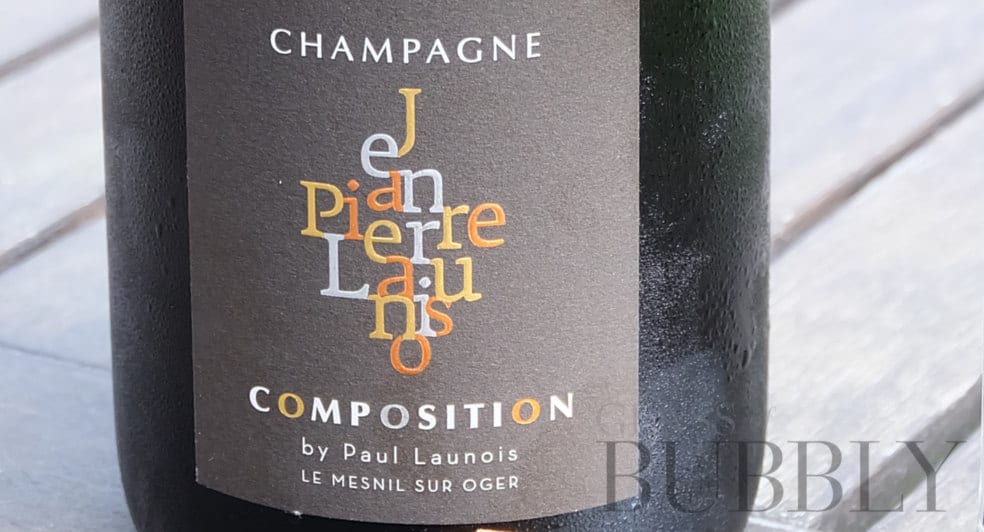4 Signs of a Good Bottle of Champagne
10th September 2018

A bottle of Champagne is supposed to be more than just a round of drinks you order at the bar because it’s less about how drunk you get and more about what that bottle represents. Of course, it’s about the taste as well and that is precisely why we are going to go through the four tell-tale signs of a good Champagne bottle so that you don’t end up wasting your money on the cheap stuff.
The Labeling
Whether you are just trying to select a bottle or you are in the business yourself, know that proper labelling is very important and second to only the quality of the drink itself. Pressure sensitive labels for Champagne bottles are always a sign of quality and authenticity and that goes for both the primary label in front, as well as the secondary label at the back of the bottle. However, the back label is even more important as it is supposed to give the customer detailed info on when, where and how it was manufactured. From the point of view of a businessman, we would warn against ignoring the front label because that’s what attracts the eye in the first place.
Is It Really a Bottle of Champagne?
In terms of composition, it may seem as if there is hardly any difference between sparkling wine and Champagne, but “hardly” is the key term here as that subtle variation is the make or break difference between a bottle of wine being termed as just sparkling wine or being elevated to the class of Champagne. All Champagnes are made in the wine province of Champagne in France and the very grapes the wine is made from are also called Champagne grapes. Instead of being fermented in a tank, Champagnes are fermented inside bottles in the same traditional way that they were fermented centuries ago. If your bottle says “Champagne” instead of being marked as sparkling wine and you are buying it from a reputed source, it probably met all the criterions before being marked as so.
Look for the Prestige Tier
Now you know how special a bottle of Champagne is, as compared to Cava, Prosecco, or other sparkling wine. However, that doesn’t mean every bottle of Champagne is equal! There are primarily three classes to choose from, which are Classic, Reserve, and Prestige respectively in terms of hierarchy. If you want the best quality, always go for Prestige, but don’t buy anything below the Reserve grade. Not that Classic Champagnes can’t be good either, but they are at the lowest rung for a reason after all!
Good Wine Always Comes in Dark Bottles
Finally, there’s the bottle itself, which should always be made up of dark, thick glass, preferably of dark green colour. Since light exposure will eventually turn the wine into stale grape juice if the glass isn’t appropriately thick and tinted enough to prevent that from happening, just make sure that the ten-year-old bottle of Champagne meets the criterion.
As a final piece of advice, we would recommend tasting a few sips of Champagne in advance to find a sweetness that’s just right for you. The bottles will be marked as Doux, Demi-Sec, Sec and Extra Sec respectively in a descending order of sweetness. If you are feeling up to it, dry Champagnes in Brut and Extra Brut varieties are also there to try out
![]()
Glass of Bubbly Content
Content shared by this account is either news shared free by third parties or advertising content from third parties and affiliations. Please be advised that links to third party websites are not endorsed by Glass of Bubbly Ltd - Please do your own research before committing to any third party business promoted on our website.
